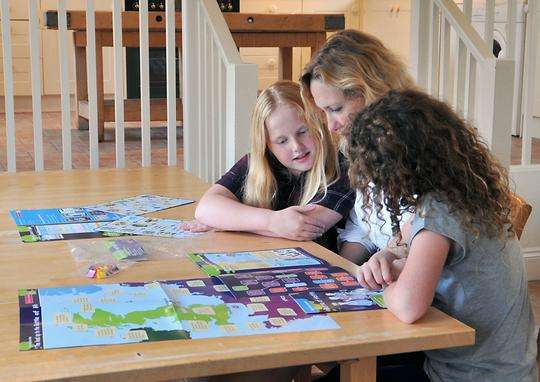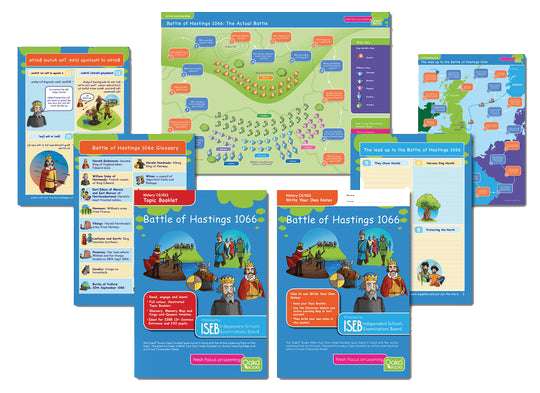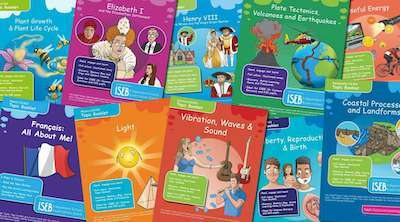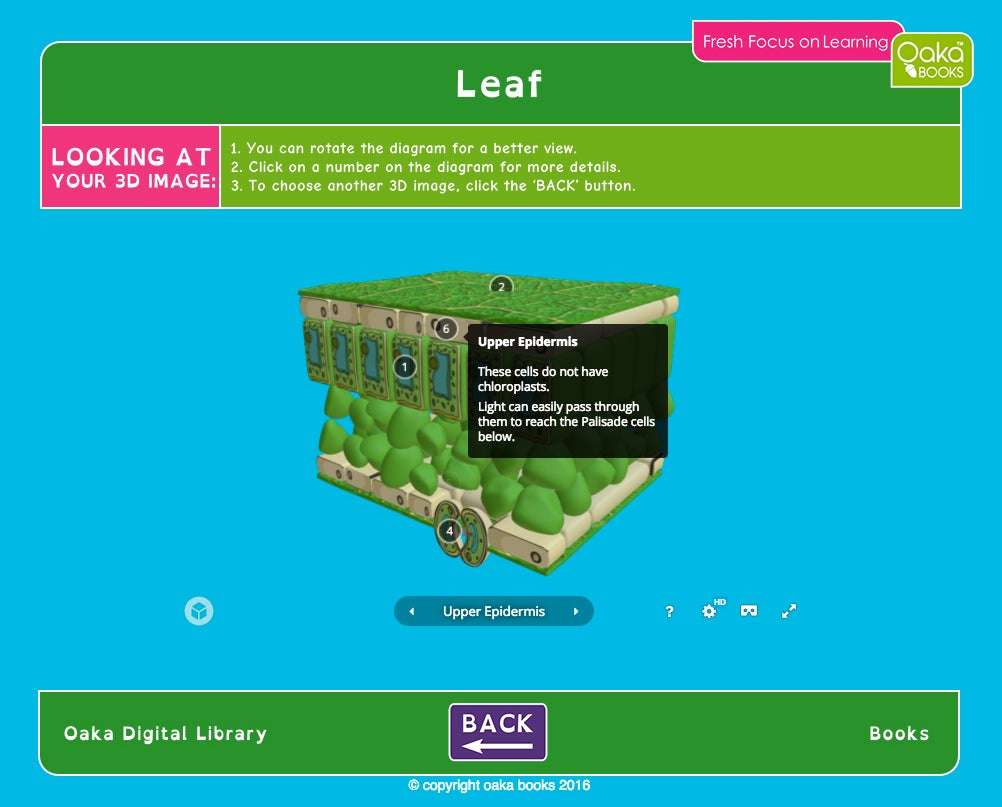The Government’s 2014-15 statistics showed that children with special educational needs (SEN) and learning disabilities accounted for just over half of all school exclusions. Over 700,000 children in our education system are dyslexic as are almost half the people in our prisons. Worrying statistics and a perfect demonstration of the way in which, sadly, SEN pupils frequently lack the same level of engagement and encouragement when it comes to education as their peers.
While plenty of dyslexics go on to be very successful, this will not be the case for everyone. Not all dyslexics are destined for greatness; they will not all change the world. The vast majority will struggle their way through the education system in order to gain enough qualifications to get a job (hopefully the one they want) and pay their bills. As parents, carers and teachers, we need to provide them with the resources to do as well as they possibly can at school. The work being done by many organisations to change the way we think about dyslexia in the workplace and to change the way children are tested and judged at school is timely, much needed and incredibly positive. But, we also need to equip our children with the resources and skills to enable them to do as well as they possibly can in exams. While there may be many, many things wrong with our exam system, especially for dyslexics, it is the system we are stuck with for the foreseeable future.
It’s often the case that, once a child has been diagnosed with a special educational need such as dyslexia or autism, a glass ceiling is put over their educational prospects and aspirations. Even worse, they believe themselves to be at the bottom of the pile. They can see other children around them grasping concepts and fitting in with ease, and yet they come to feel that they’ll never be able to do the same. This becomes even more tragic when we consider the value that children with SEN can bring to the classroom – the opportunity to look at things from different perspectives and to explore academic subjects in more tactile or visual ways can benefit all children. We see, time and time again in business, the arts and sport, that people with SEN can flourish and rise to the top proving that the SEN glass ceiling is there to be smashed.
Bambi Gardiner, founder of Oaka Books, which creates revision resources for dyslexic students and visual learners, believes that a SEN label should not limit any child from achieving their true potential, but understands that it can be challenging for parents and teachers to know how best to engage them in their learning. She discusses how, by approaching teaching and learning in a slightly different way, we can prevent SEN students from becoming disenfranchised with their education.
Let’s face it, we all love doing things we are good at. Imagine yourself as the pupil who never answers a question in class. With a little preparation, you can be ready to make that leap in your next lesson. The impact of getting that one answer right in front of your peers cannot be underestimated. It may, at times, be more difficult to retain the attention of a child with SEN, especially when you’re confronting them with things that can be confusing and nerve-racking, such as reams of text in an exercise book or a lengthy session of silent working. But, when you do capture their attention and ignite their enthusiasm for exploring and learning, the result can be magical!
All children possess a natural curiosity and a desire to obtain new information; they question the world around them, and children with SEN are no different. All that’s different is the way in which these natural inclinations need to be harnessed and channeled by parents and teachers to help the child achieve academically. But this needs to be addressed early in order that they are not ‘turned off’ their schooling. Plenty of focus needs to be placed on the things that they are good at and enjoy so they are not constantly being told to work harder at subjects they simply don’t click with. Not everyone will be good at everything, but we can all be good at something. As parents and teachers we need to work harder with some children to find their ‘thing’ in order that they can shine; but that is what we are there for.
Rather than suppressing a SEN student’s need to move around the classroom, ask questions, play with objects around them and talk to their peers, encourage the whole class to explore learning in this way. Get students up and out of their seats, analysing academic concepts in more physical and practical ways. And if you notice that one of your SEN students is not engaging with the activity in hand, why not provide them with some alternative ways of absorbing the same knowledge, such as through crafting an illustrated story to explain a historical event, or playing an educational game where each correct answer on a series of topics brings you closer to the reward at the end? Creating an open environment in which learning can take many forms will help SEN students to flourish and discover what works well for them, rather than feeling stifled and alienated from learning.
Once a child, and their parents and teachers, have recognised the ways in which they learn best, and a way of expressing their ideas that puts them at ease and helps them to feel confident in their ability to learn, there really is no limitation to how much they can achieve. For instance, a child who struggles with dyslexia may find it almost impossible to read an entire novel, and so how are they going to prepare for their English Literature exams?
Firstly, the barrier to effective learning – in this case the physical novel – needs to be removed as the primary learning resource, and other ways of engaging the student with the story and its characters, themes and messages need to be found. This could be through role play, drawing pictures of the characters and annotating them with their attributes, or creating a visual storyboard of the plot. How about using character cards to re-enact the story? A simple, effective way to aid memory recall for both English and history topics.
Remember, the end goal is the same for each student: to engage with the story, comprehend its plot, characters, themes, devices and so on, and be able to communicate this. The fact that one child may be able to achieve this by sitting quietly and reading the novel by themselves, whereas another may need to move around, discuss and make things to engage with the novel is immaterial.
With this in mind, it’s important for parents and teachers, and SEN students themselves, to appreciate that SEN need not be a barrier to achieving great things. Time simply needs to be spent on exploring the various ways that information can be communicated until SEN students find ways that work for them. Fortunately, there are a number of learning resources designed specifically for students with SEN which are a great place to start this exploratory process.
Time and time again we are told of SEN pupils who have far exceeded their exam expectations because they have used different learning strategies. They have gained confidence that they never believed possible. Setting our SEN pupils up to achieve can have a huge impact on where life takes them. It may be a more scenic route and with some rough terrain, but, if the will is there, many of them can achieve their dreams.





